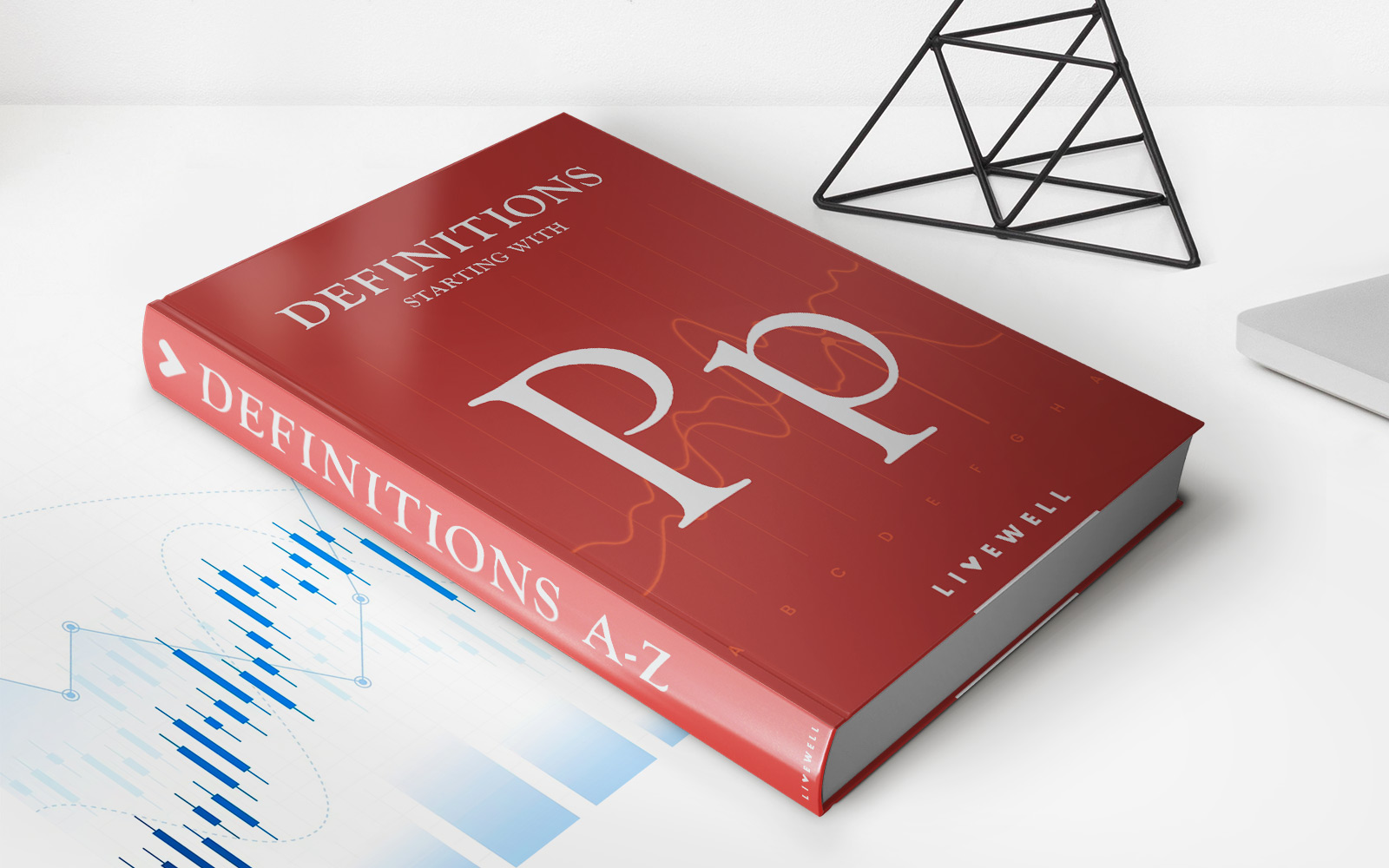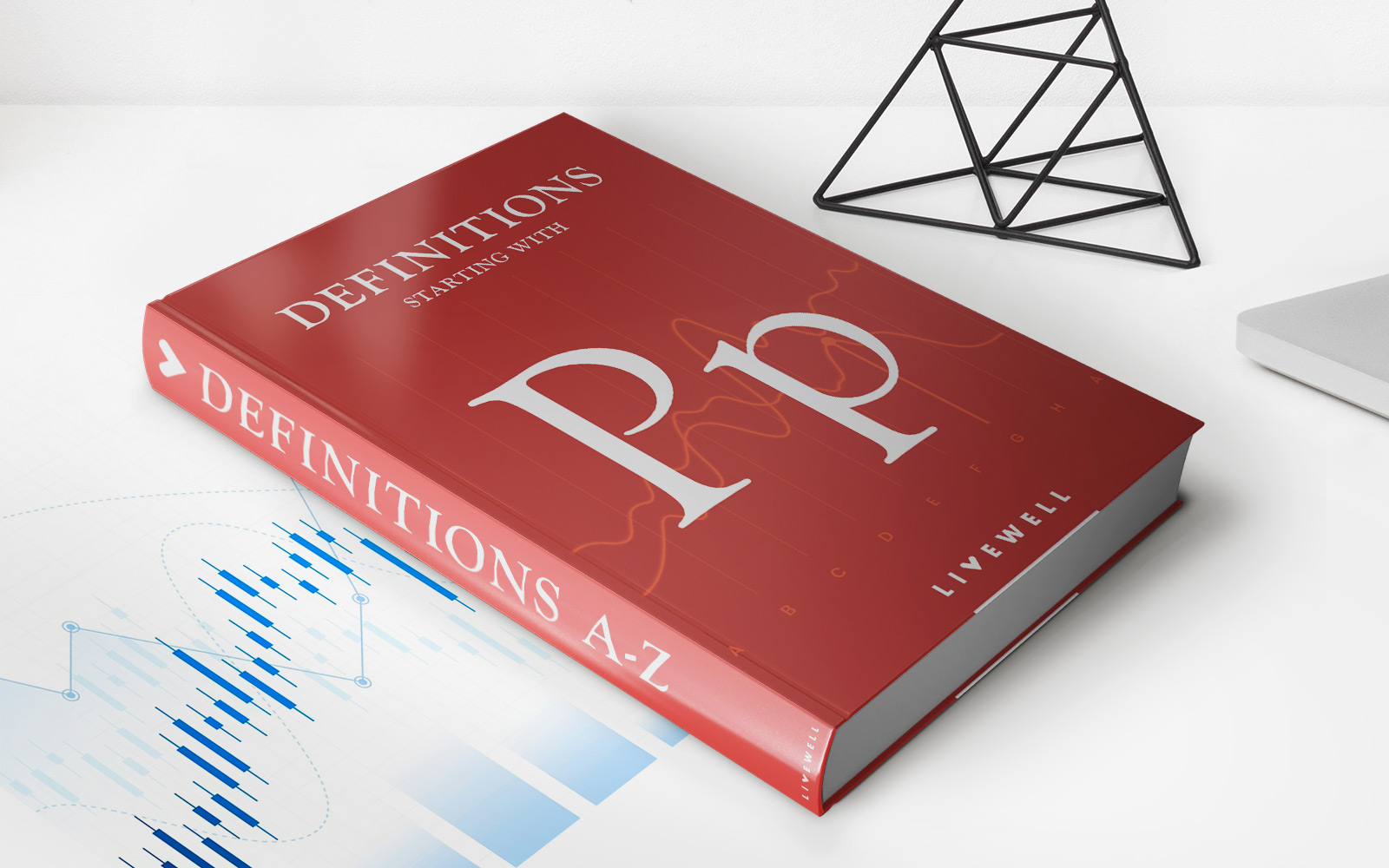Home>Finance>Portfolio Variance: Definition, Formula, Calculation, And Example


Finance
Portfolio Variance: Definition, Formula, Calculation, And Example
Published: January 9, 2024
Learn about portfolio variance in finance, including its definition, formula, calculation, and see an example in this comprehensive guide.
(Many of the links in this article redirect to a specific reviewed product. Your purchase of these products through affiliate links helps to generate commission for LiveWell, at no extra cost. Learn more)
Unlocking the Mysteries of Portfolio Variance: Definition, Formula, Calculation, and Example
Welcome to the fascinating world of finance! Today, we delve into a critical concept that can make or break investment decisions: portfolio variance. Whether you’re a seasoned investor or just starting out on your financial journey, understanding portfolio variance is essential for optimizing your investment strategy and managing risk effectively.
Key Takeaways:
- Portfolio variance measures the dispersion of returns for a portfolio of assets.
- It indicates the level of risk associated with the investments in your portfolio.
So, what exactly is portfolio variance? In simple terms, it is a measure that quantifies the spread of potential returns for a portfolio. It enables investors to understand how the different assets in their portfolio interact with each other and how these interactions affect overall portfolio performance and risk.
Calculating portfolio variance requires an understanding of the covariance between the returns of individual assets in the portfolio. Covariance measures how the returns of two assets move together. A positive covariance suggests that when one asset’s return increases, the other asset’s return also tends to increase, while a negative covariance indicates the opposite.
The formula to calculate portfolio variance involves weighing the covariances of the individual assets and their respective weights (i.e., the proportion of each asset’s value relative to the total portfolio value). It may seem complex at first, but fear not! We’ll break it down step by step:
- Start by determining the weights of each asset in your portfolio. These weights represent the proportion of each asset’s value relative to the total portfolio value.
- Next, calculate the covariance between each pair of assets in your portfolio. This step involves analyzing historical data or using statistical tools to determine the relationship between the returns of the assets.
- Multiply the covariance between each pair of assets by their respective weights.
- Sum up the weighted covariances to obtain the portfolio variance.
Let’s dive into an example to solidify our understanding. Suppose you have a portfolio consisting of two assets: stocks (weighted at 60%) and bonds (weighted at 40%). After analyzing historical data, you find that the covariance between the returns of stocks and bonds is 0.0018.
Using the aforementioned formula, we can calculate the portfolio variance as follows:
Variance = (0.6^2 * Var(Stocks)) + (0.4^2 * Var(Bonds)) + (2 * 0.6 * 0.4 * Cov(Stocks, Bonds))
By plugging in the relevant values, the portfolio variance is obtained. A high portfolio variance indicates greater risk, while a lower variance signifies lesser risk.
Key Takeaways:
- Portfolio variance measures the dispersion of returns for a portfolio of assets.
- It indicates the level of risk associated with the investments in your portfolio.
Understanding portfolio variance is crucial for optimizing your investment strategy and managing risk effectively. By calculating portfolio variance, you gain insights into how different assets interact within your portfolio and how these interactions impact overall performance. Armed with this knowledge, you can make informed decisions to balance risk and return, leading to a more successful investing journey!














